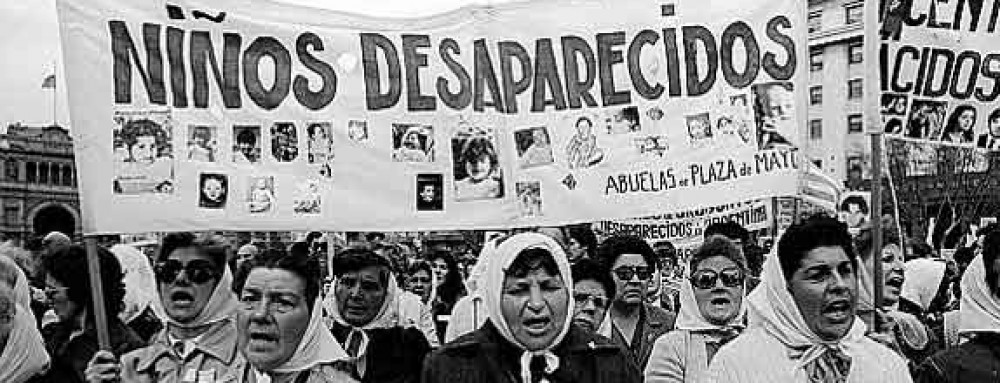It is believed that upwards of 30,000 people were disappeared during the dirty war. Many of the disappeared were women who held very active roles in the human rights movement in Argentina. Parents who disappeared left behind children who were sometimes taken in by relatives, detained by the government, or put up for adoption. People who were disappeared have not been forgotten. Their memories have lived on through their friends and families. Just months after the war, memorials were created in their honor. At first, there were silhouettes, meant to represent the lives that had been lost. These soon became personalized when relatives wrote their family members’ names. The mothers who had lost children gathered in Buenos Aires while wearing white bandanas in honor of their children. This tradition has stood the test of time as the mothers still gather in their white bandanas today. During Fernando’s presentation, he showed images of memorials in Argentina, including pictures and the namelost people. He also took some time to show various monuments in America, many of which seemed impersonal. I think that America should take note of the actions and memorials put into place in Argentina and include more photos and allow friends and family members to be involved in honoring the memory of their loved ones. I believe that by making monuments and memorials feel more human we allow other victims and the loved ones of the lost to work through their trauma. This was discussed in ‘Trauma, forgiveness, and the witnessing dance: making public spaces intimate’, the author argues that forgiveness begins with trauma. In this context, I believe that it means that we cannot truly mourn as a society until we face our trauma and heal our wounds.


